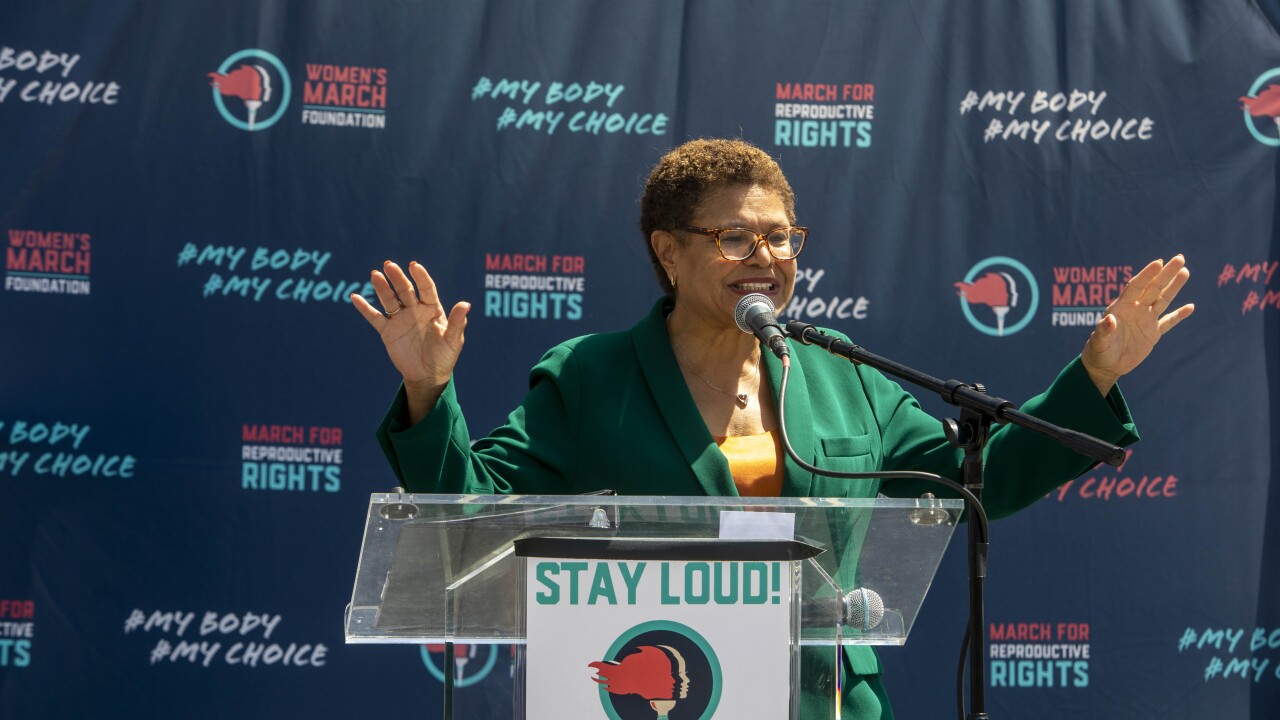SAN FRANCISCO — California Gov. Jerry Brown will unveil his pension reform plan Thursday, sparking a renewed debate on the state’s employee retirement liabilities.
As Brown moves ahead with his reform proposal, a bipartisan committee of lawmakers Wednesday launched a string of hearings to discuss state and local governments pensions.
Without citing specifics, Brown said in a letter Tuesday to the chairs of the pension committee that he would release his pension proposals for the panel to review at its next hearing.
“We have to do our best to make sure that we have a system that is fair and truly sustainable over the longtime horizon that our pension and health systems require,” the Democratic governor said in the letter.
Pensions have become a flash point in budget discussions across the country amid tight budgets, as employee costs generally suck up a large portion of general funds.
California pension liabilities are one piece of a complex puzzle that Brown and lawmakers hope to solve to help move closer to a structurally balanced budget.
The state has a combined unfunded actuarial accrued liability of $80 billion for its two largest retirement funds, the California Public Employees’ Retirement System and the California State Teachers’ Retirement System, according to Standard & Poor’s.
The unfunded ratio for CalSTRS was 30% as of June 30, 2010, while CalPERS’ unfunded ratio as of fiscal 2009 was 20%, the rating agency said.
During Wednesday’s hearing at Carson in Los Angeles County, lawmakers heard testimony from a variety of parties with interests in the debate about how to improve the state pension system.
“While there will be a wide range of opinions about the sustainability of our pension system and the amount of our liabilities, my hope is that we will sift through those opinions to get a clear picture of the actual overall pension liability,” Sen. Mimi Walters, R-Laguna Hills, said during the hearing.
Of the various reforms discussed by different groups, which included changing retirement formulas, upping the pension retirement age, and capping benefits, the one that seemed to catch the most attention was eliminating “spiking.”
“We realize changes need to be made,” said Aaron Read, a lobbyist for firefighters and highway patrolmen. “The spiking is horrific, it needs to stop.” Spiking is the practice of artificially inflating a salary in the final years of service in order to balloon the long-term pension payout.
The committee will hold two more hearings over the next several weeks in the San Francisco Bay area and in Sacramento.
As lawmakers work toward reform, they will not be starting from scratch. Over the last year and a half, the state has already put in place changes that saved $391 million for fiscal 2012, according to the Department of Personnel Administration.
The changes — rolling back pension formulas, increasing employee contributions, and basing pensions on the last three years of work rather than the last one — only affect new hires.
Analysts generally agree that a reduction in the state’s pension liability would be a credit positive.
Standard & Poor’s California analyst Gabriel Petek said the agency pays close attention to the state’s pension contributions as a portion of the general fund, as they are akin to fixed costs. In fiscal 2011, the agency said pension contributions cost the state $3.29 billion, of which $2.06 billion comes out of the general fund.
In an April report, its most recent that discussed California pensions, S&P estimated the combined retiree benefit costs, including pension and retiree medical benefits, to be $6.36 billion in fiscal 2011. Of that, $4.74 billion hit the general fund.
The combined benefit contributions and debt service are around 12.3% of California’s general fund costs.





